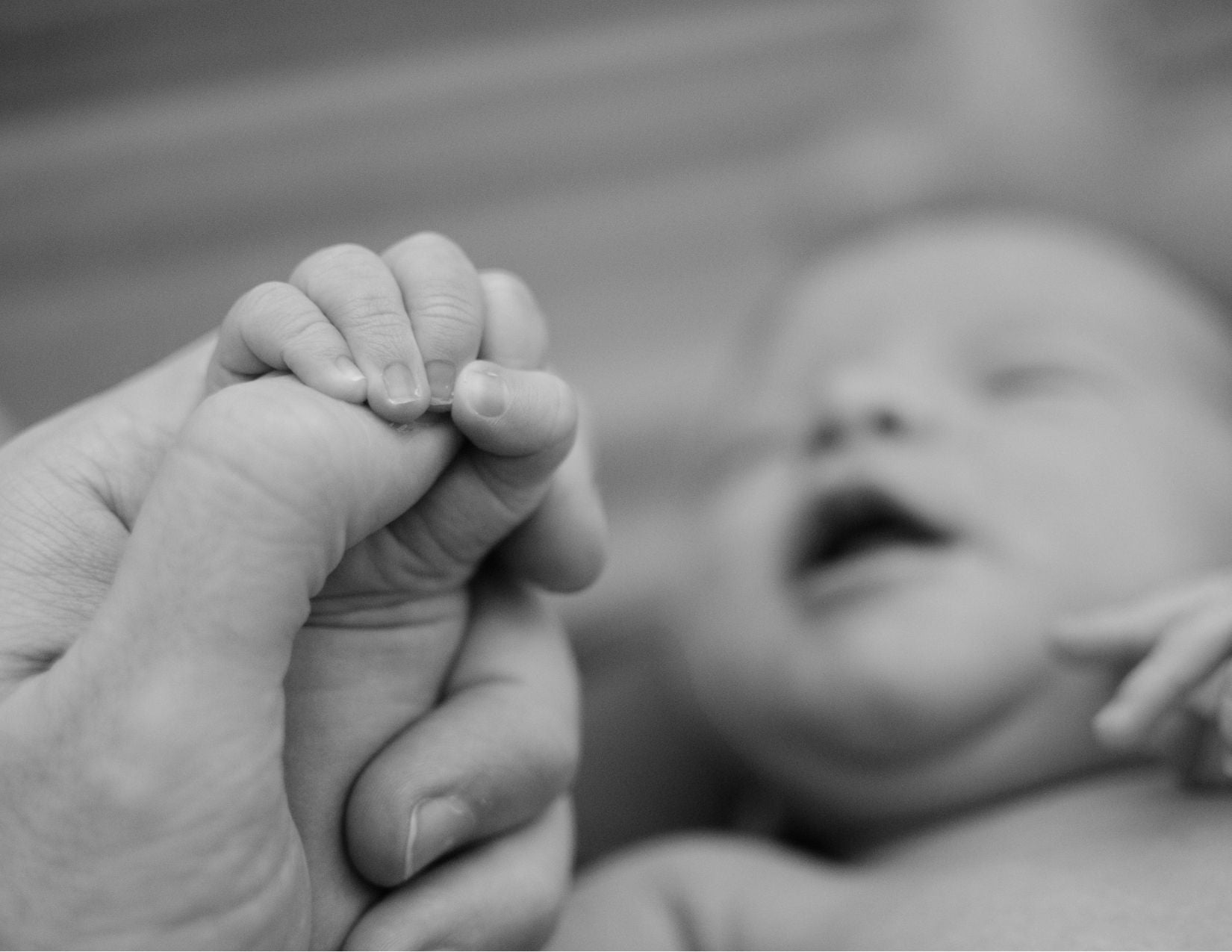It’s the last few weeks before your due date and your mirror shows you a body the size of an elephant staring back – that is, unless you’re one of those wonder women who have managed to keep relatively fit throughout pregnancy. Even then, when you look down at a protruding navel and a belly the size of Manhattan, you can’t help but feel at least a little ungainly!
Add to that the closet full of clothes just waiting for you to fit into and you might feel just the slightest bit anxious about getting your body back to its pre-pregnancy condition.
So, let's look at why you're in the shape you're in and then the 5 Great Ways to Lose Your Post-Partum Pooch.
You Are Not Alone
Whether you’re a new mom or have been through this before, it’s a little like birthing itself – you tend to blank out those memories and boom! There you are with those extra pounds, weak tummy muscles, a non-existent pelvic floor and a sway back. That’s the bottom line…and there’s a good reason for it.
There’s a Reason
How long does it take to make a baby? 40 weeks, right? During that time your body goes through some pretty major changes aided by a hormone known as Relaxin that softens the joints and ligaments in preparation for childbirth. This hormone is produced every month about two weeks after ovulation to prepare the body for pregnancy – then if you don’t get pregnant, levels decrease until your next cycle.
If you DO get pregnant, the level of Relaxin shoots up at the beginning in order to relax the uterine wall and prepare it to supply oxygen and nutrients to the growing fetus. Then at the end, it softens those joints and ligaments to allow baby to pass through your body - sort of like passing a camel through the eye of a needle. One of the miracles of the human body!!!
Because the Relaxin can still be at higher than normal levels up to six months after birth, it’s a good idea to go easy on the exercising at first and not expect your fitness level to be the same in a couple of weeks as it was pre-pregnancy. You could still be a little wobbly and your body might not respond as perfectly as you wish it would.
Before You Get Started

A couple of things to consider before starting out:
- Even if post-partum bleeding is light, you’re probably still healing, so you might want to wait before doing anything strenuous.
- Especially if you’ve had a C-section, it’s generally recommended to wait at least six weeks.
- Your pelvic floor has gone through some major stresses leaving it fairly weak, so things like crunches, some pilates and generally any exercises that put undue pressure on it could slow down healing and even result in organ prolapse.
- The abdominal muscles – especially the rectus abdominus (the outermost abdominal muscle) – can separate, known as diastsis, and there are a number of exercises you can do to help it and your connective tissue recover, including the Tupler Technique started by RN and childbirth educator, Julie Tupler. If you’ve had a C-section, you might want to consider wearing a compression girdle to support healing, as well.
- During the first six weeks or so, be sure to do Kegel exercises to strengthen the pelvic floor and be aware of trying to hold in your tummy as you lift baby, pick things up and generally put any strain on your abdominal muscles.
- Most importantly, check with your doctor before starting any kind of an exercise regimen!
5 Great Ways to Lose That Pooch
And we don’t mean your doggie! Your doctor or midwife has given the green light, you’ve gotten used to being a new mom, aren’t completely exhausted and you’ve finally found a few minutes to exercise. The motivation? Your tummy still looks like you’re three months pregnant!
After you’ve breastfed your baby (engorged breasts can be pretty uncomfortable) and are wearing a good supportive bra and comfortable clothes, get moving with:
Walking
Put baby into a stroller and get outdoors. Start with a short walk and gradually add a few minutes each day as your body returns to normal.
Dancing
Make sure that baby’s head is supported at all times – either in a carrier or while holding him or her – and start dancing to music you love. As you do, be conscious of your abdominal muscles and try to pull your navel in towards your spine. At first, move at a reasonably slow, but always steady pace and try to avoid bouncing. As you progress, you can up the tempo, alternating between slow and moderately fast – just make sure baby is in agreement with you!

Curl-Ups, Baby Press-ups and Lunges
These exercises are a starting point – you can come up with variations that will challenge you and that are appropriate as baby grows older. The main thing is to warm up a few moments first, stay conscious of your body, exhale on the exertion part of the exercise and be patient with yourself!
- Curl-ups: Lie on the floor with your knees bent, feet flat on the floor and baby propped up safely either on your tummy (newborns) or against your legs. As you contract your abs, lift head, neck and shoulder blades off the floor. Exhale on the exertion and inhale as you return to the floor. Repeat as often as you can and make a game of it as you practice your Motherese.
- Baby Press-ups: Sitting up cross-legged, back straight, elbows bent holding baby in front of you. Now lift baby towards the ceiling as you exhale and bring back down to starting position on the inhale.
- Lunges: With baby in a front carrier and head well-supported, your eyes forward and shoulders back, step forward as far as possible as you exhale and can maintain good balance. It may be only a foot at first, but keep at it until you can bend both legs to 90 degrees. Repeat with other leg.
Exercising Solo
Check out this video from Britain’s National Health Service on Yoga for New Moms. Whether or not you have done yoga before, the movements are slow and the instructions are well done.
Exercising with Other New Moms
Why wouldn't you?? You might not feel like it some days, but when you have others counting on you, it's hard to say no.

Last bit of advice? Listen to your body and don’t overdo it! The old adage "slow and steady wins the race" takes on a whole new meaning as your body finds its way back to "normal" - and what is THAT anyway??
Kathryn is a certified Stress Management Coach, passionate writer, mother of three, grandmother of seven beautiful humans spread around three countries, and with her husband, Rick, the proud new parents of Bootsie the Portuguese Water Dog. Oh... and she's been there - done that!!
Follow Baja Baby on Facebook, Twitter, Pinterest or Instagram today!


